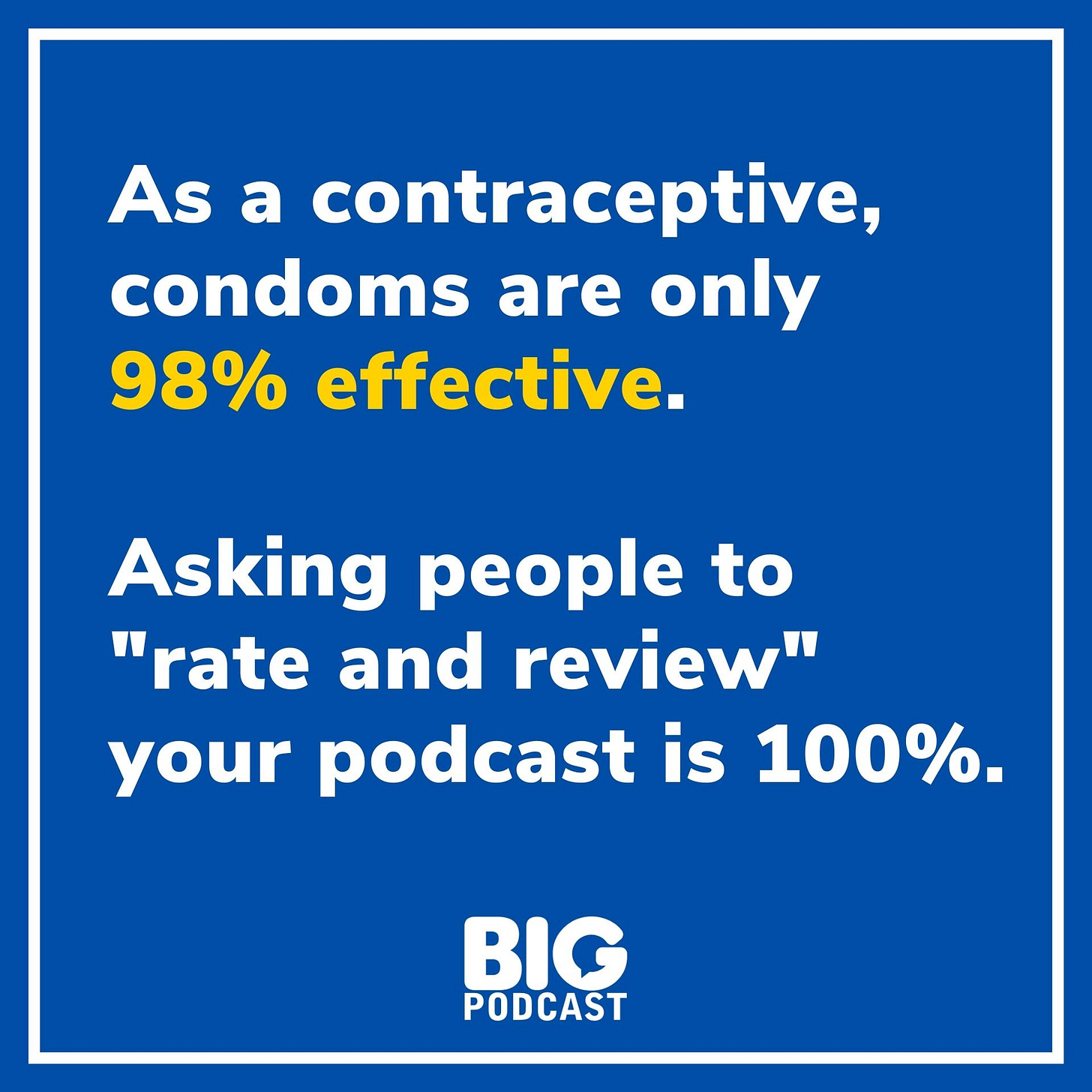If You're Worried About "Diversity" in Podcasting ...
The image below is something I hope you never see. It’s what I send to people on my email list who haven’t opened anything for a few months.
I picked him because he doesn’t look like me (or most podcasters). But he does look like a lot of podcasters …
A 2021 report from Edison Research indicated that about 61% of podcast hosts identified as white, while 39% identified as people of color. This includes a range of ethnic backgrounds.
What I want people to see is themselves in my marketing. Beyond that, I want to market to a world I want to see—I believe podcasting is for everybody.
This means having diversity in the guests interviewed on the podcasts I work on, the examples in the books I write, and even jokes on social media.
I’ve been doing this for years and never mentioned it publicly. Nobody has ever complained.
But the people in these groups notice. And I’ve gotten a lot of positive comments (and business) from them.
Options to Diversity Your Podcast
Diversity can show up in several ways. Below are some simple things to look for, with examples of how I use these different groups in podcasting-related social media. I’m using these examples to show how I approach the issue—every group gets treated fairly with no special treatment or mentions that anything is “diverse.”
Color
Refers to the racial and ethnic backgrounds of individuals. Incorporating voices from various racial groups can enrich content and provide unique perspectives that resonate with a broader audience.
Gender
Involves the representation of different genders, including women, men, and non-binary individuals. Highlighting diverse gender experiences can create relatable content and foster inclusivity among listeners.
Sexual Orientation
Encompasses the range of sexual identities, including heterosexual, homosexual, bisexual, and others. Featuring stories and insights from various sexual orientations can help normalize discussions around LGBTQ+ issues and promote acceptance.
Geography
Relates to the geographic locations of individuals, including urban and rural backgrounds. Showcasing diverse geographical perspectives can enhance storytelling and attract listeners from varied locales.
Family Structure
Refers to the different compositions of families, such as single-parent households, blended families, or extended families. Addressing various family dynamics can appeal to a wide audience and validate different life experiences.
Age
Involves representation across different age groups, from youth to seniors. Engaging with diverse age demographics can provide insights into generational differences and foster intergenerational dialogue among listeners.
Marital Status
Concerns the different relationship statuses, including single, married, divorced, or widowed. Discussing a variety of marital experiences can resonate with listeners at different life stages and broaden the conversation around relationships.
Religion
Encompasses various faiths and belief systems, including Christianity, Islam, Judaism, Buddhism, and others. Including diverse religious perspectives can promote understanding and respect for different beliefs within the podcast community.
Ultimately, the goal is to reflect the world we live in and to ensure that every listener sees themselves in the content they consume. Embracing diversity in podcasting is not just a moral imperative, but a strategic advantage that enriches content and broadens audience appeal.
By intentionally incorporating a variety of voices—whether through race, gender, sexual orientation, geography, family structure, age, marital status, or religion—you can create relatable and engaging narratives that will resonate with a wider listener base.
As the podcasting landscape continues to evolve, prioritizing diverse perspectives will not only enhance storytelling, but also contribute to a more vibrant and interconnected audio culture.

























